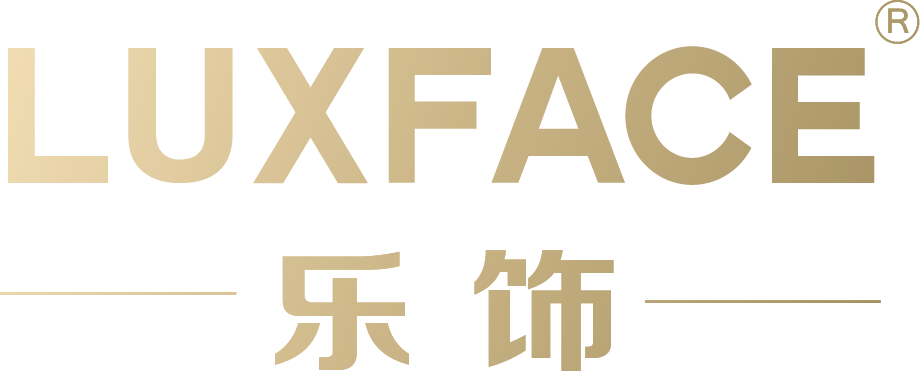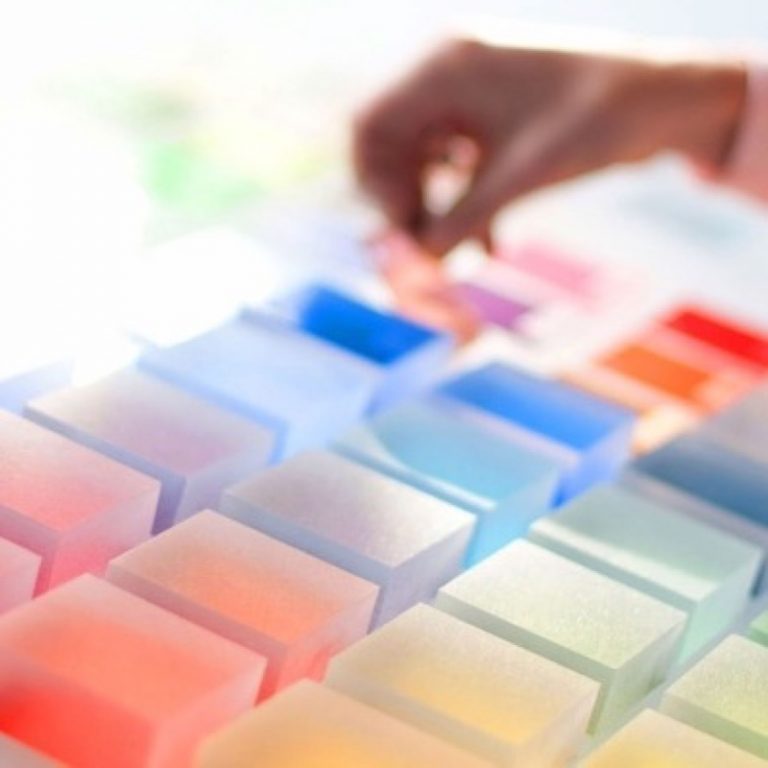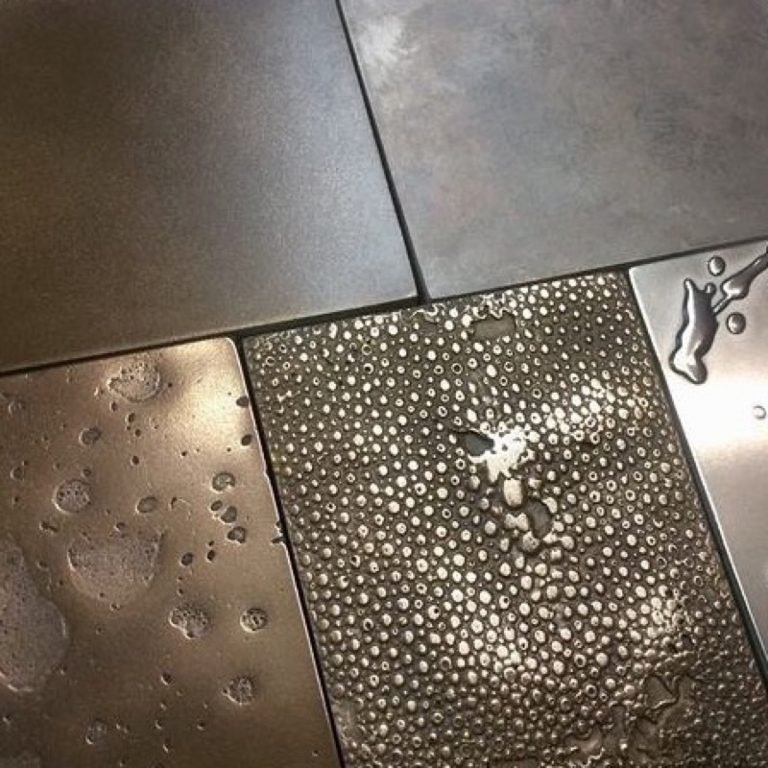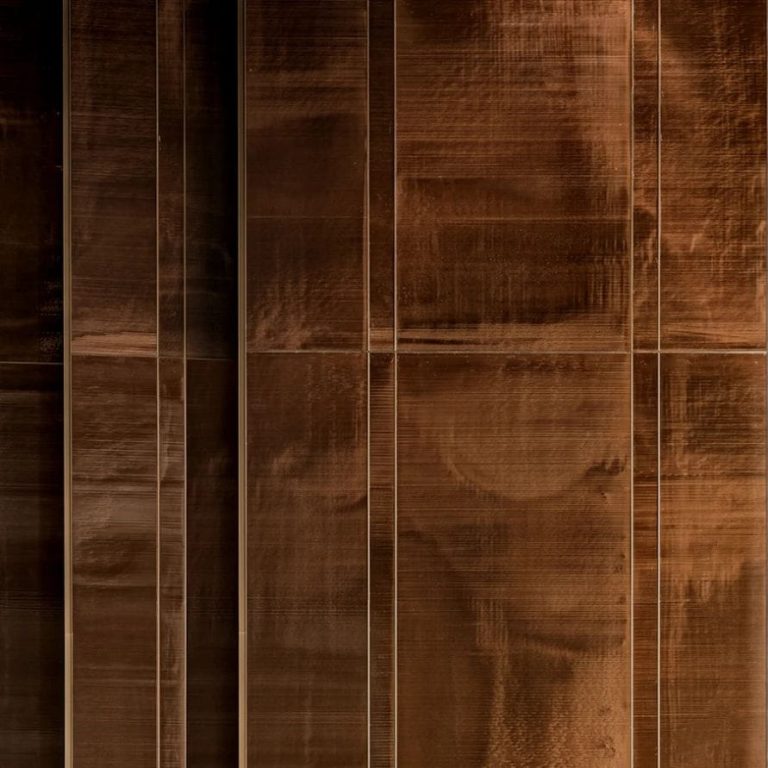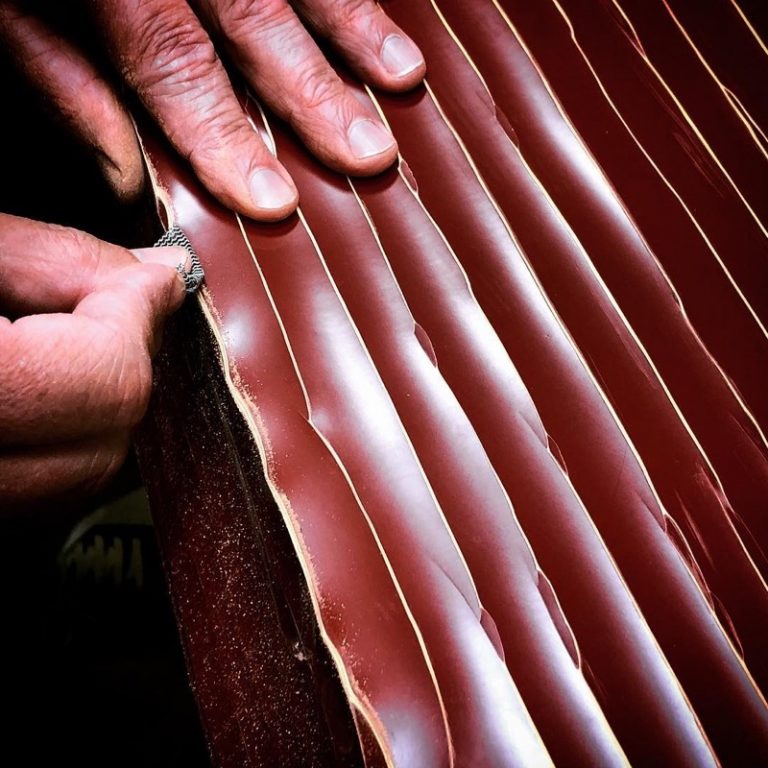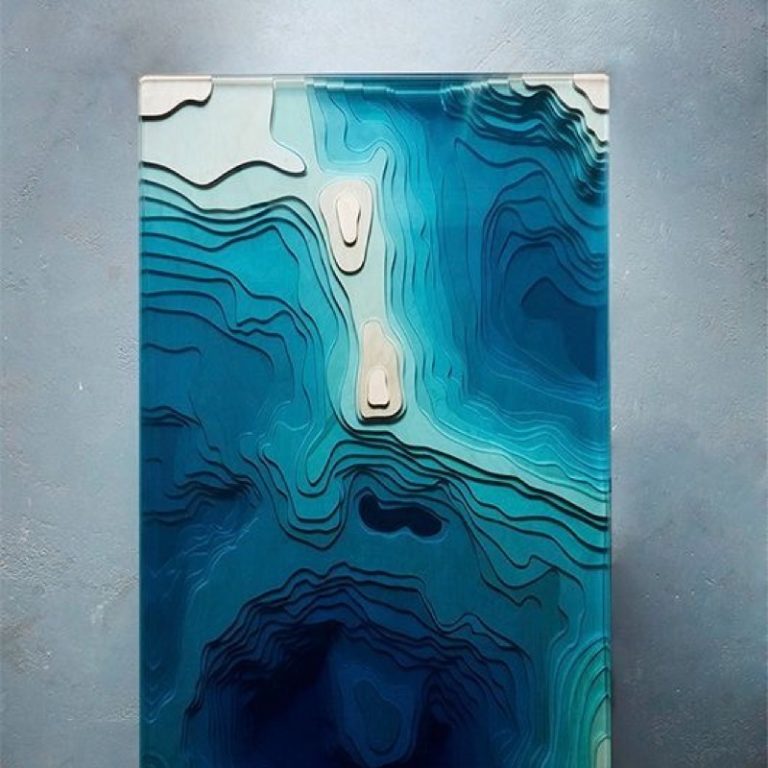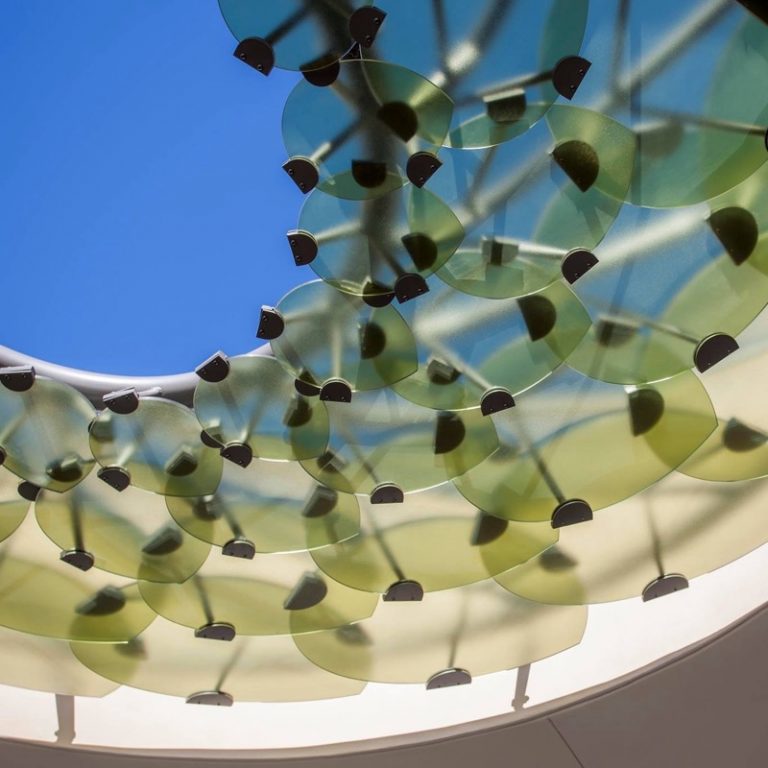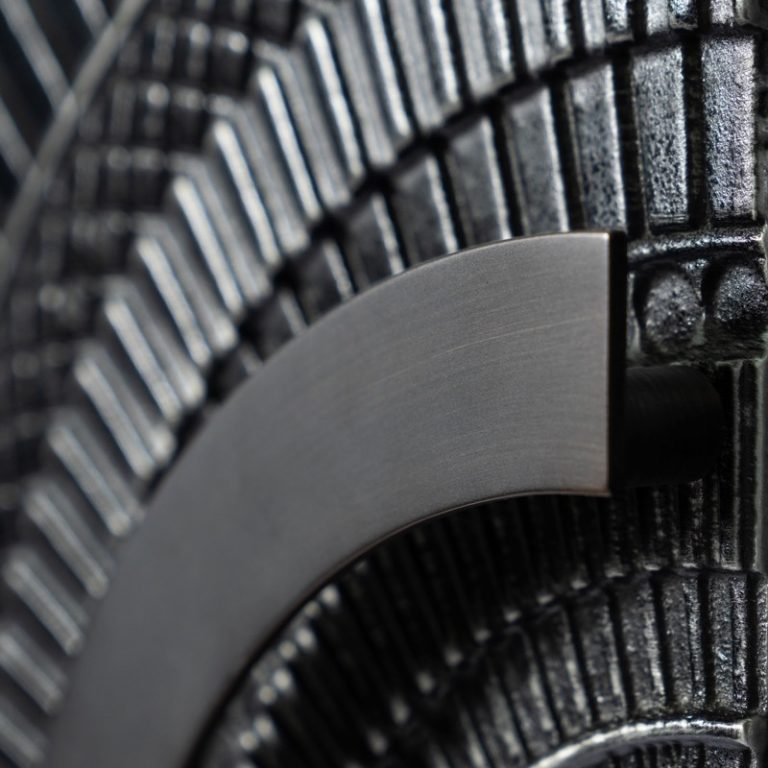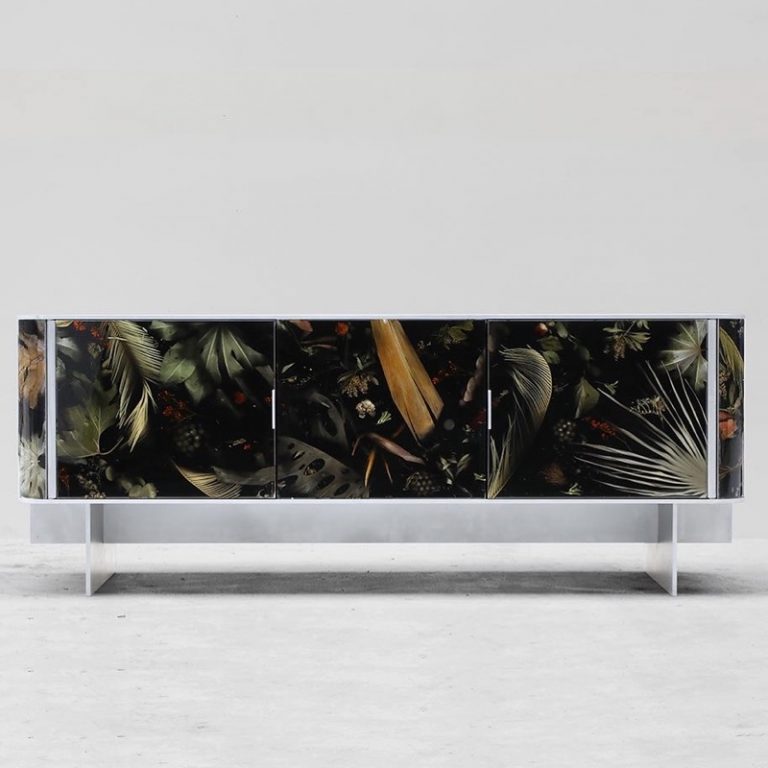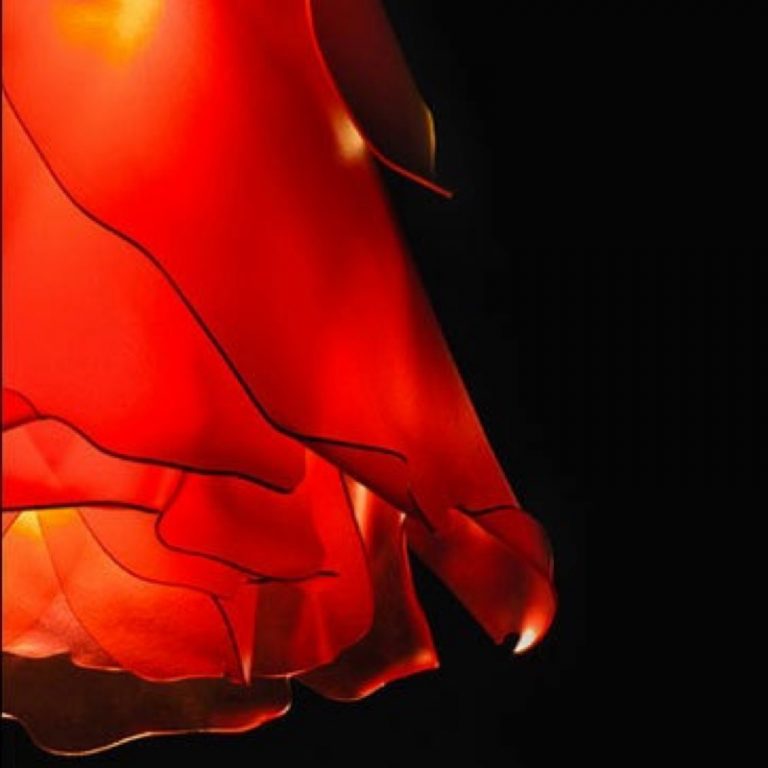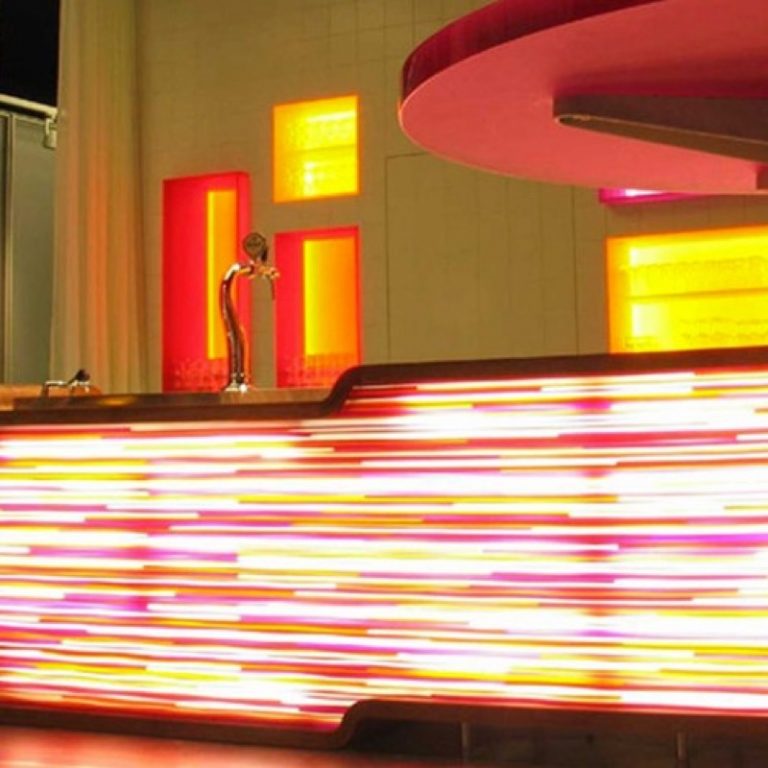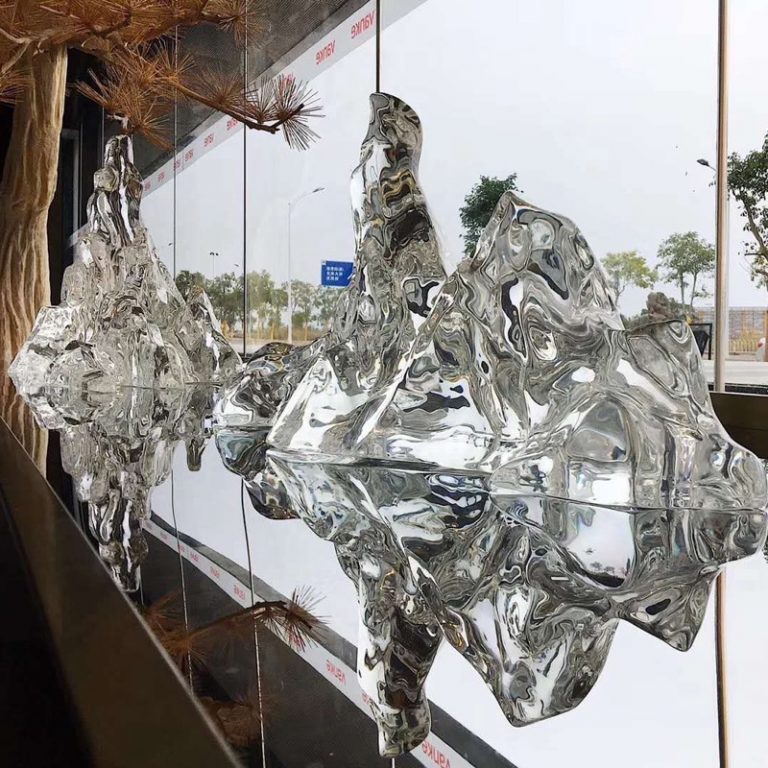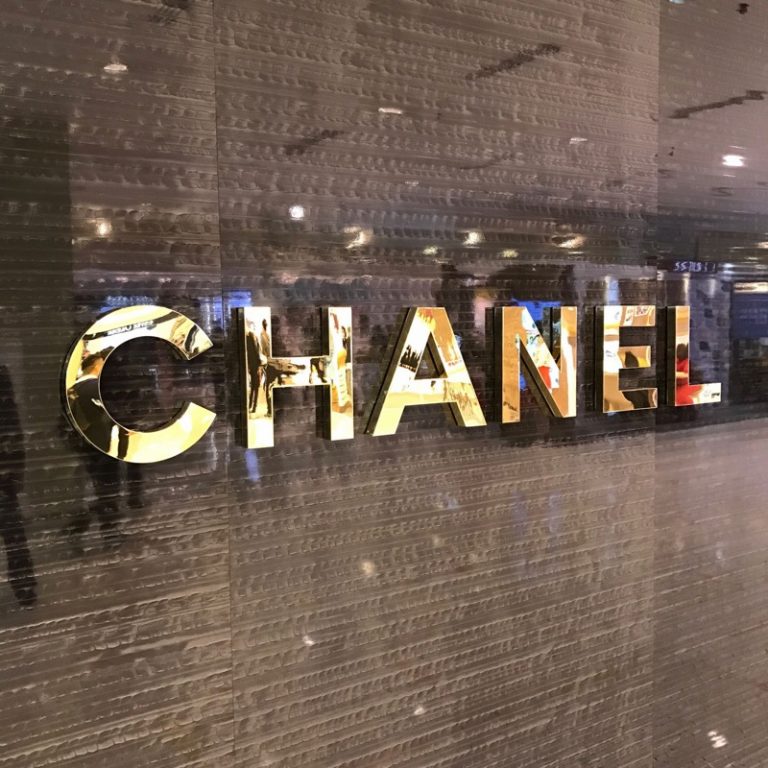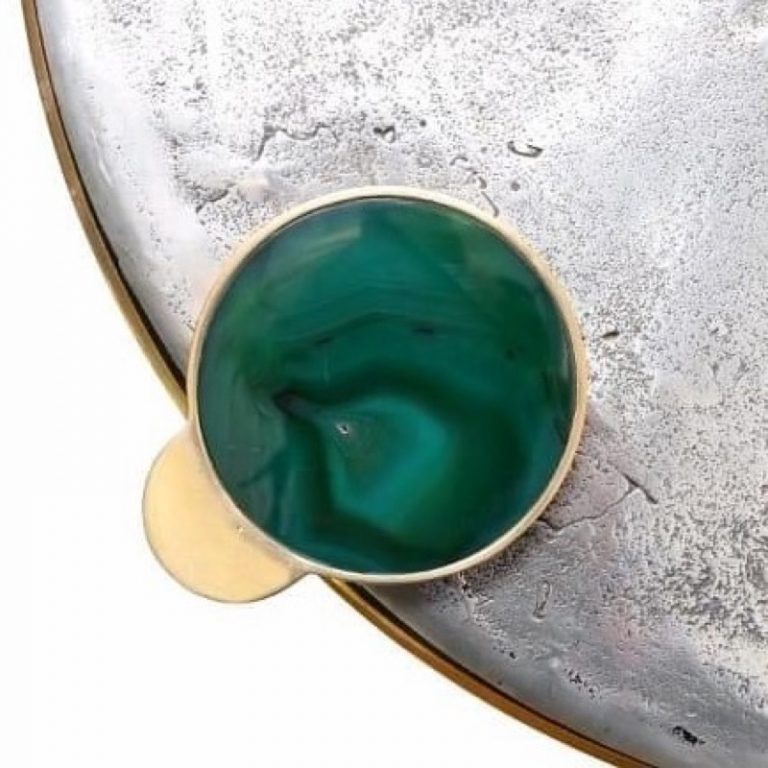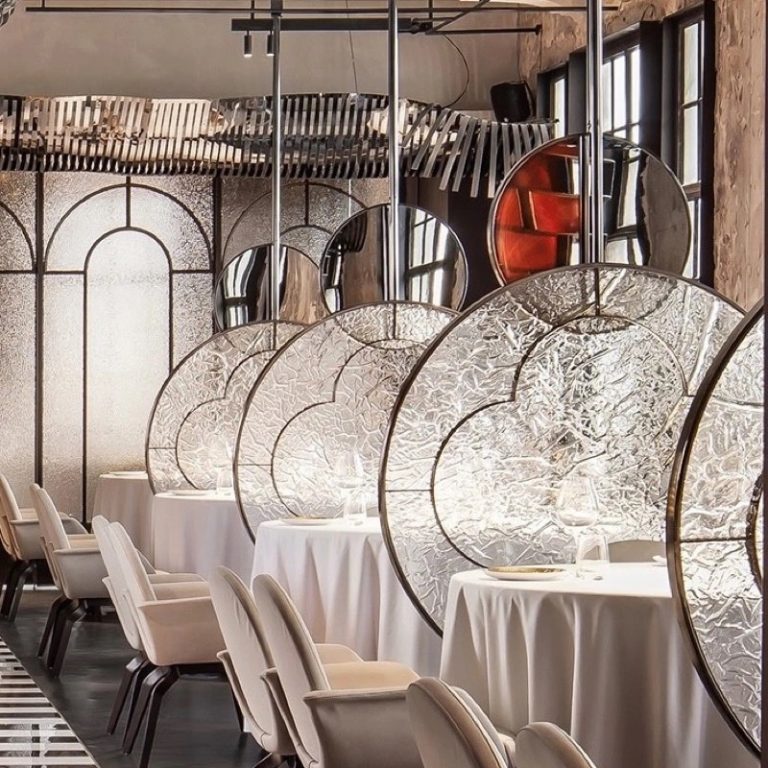Introduction: Liquid metal screens have emerged as a cutting-edge and versatile solution for various applications, providing a range of advantages that set them apart in terms of functionality and aesthetic appeal. From innovative design possibilities to enhanced durability, these screens represent a forward leap in the world of interior design and architecture.
- Flexibility in Design: Liquid metal screens offer unparalleled flexibility in design, allowing architects and designers to create unique and customized patterns and shapes. The malleable nature of liquid metal enables the formation of intricate, free-flowing designs that can be tailored to suit the specific aesthetic requirements of any space.
- Seamless Integration: Liquid metal screens seamlessly integrate into diverse architectural styles, whether modern or traditional. Their ability to adapt to various design schemes makes them an ideal choice for both residential and commercial spaces, offering a sophisticated and contemporary touch to interiors.
- Lightweight Construction: Unlike traditional metal screens, liquid metal screens are often lightweight, making them easier to handle and install. This characteristic not only simplifies the installation process but also allows for more creative applications without compromising structural integrity.
- High Thermal Conductivity: Liquid metal screens exhibit high thermal conductivity, making them suitable for applications where efficient heat transfer is essential. This property enables their use in environments where temperature control is a concern, contributing to both energy efficiency and occupant comfort.
- Durability and Corrosion Resistance: Liquid metal screens boast excellent durability and corrosion resistance. This resilience makes them well-suited for both interior and exterior applications, ensuring that the screens maintain their aesthetic appeal over time and in various environmental conditions.
- Acoustic Performance: Some liquid metal screen designs are engineered to enhance acoustic performance in interior spaces. By strategically incorporating perforations or textures, these screens can contribute to sound absorption, creating a more pleasant and acoustically balanced environment.
- Reflective Properties: Liquid metal screens often possess reflective properties, allowing them to interact with ambient light. This characteristic can be harnessed to create visually dynamic and engaging spaces, where the play of light adds an extra layer of interest to the overall design.
- Eco-Friendly Considerations: Many liquid metal screen materials are recyclable, aligning with the growing emphasis on sustainability in design. The ability to repurpose and recycle these screens supports environmentally conscious practices in architecture and interior design.
Conclusion: Liquid metal screens represent a fusion of form and function, offering a myriad of advantages that extend beyond their aesthetic appeal. As technology continues to advance, these innovative screens are likely to find even more applications in diverse design contexts, pushing the boundaries of what is possible in contemporary architecture and interior design.
